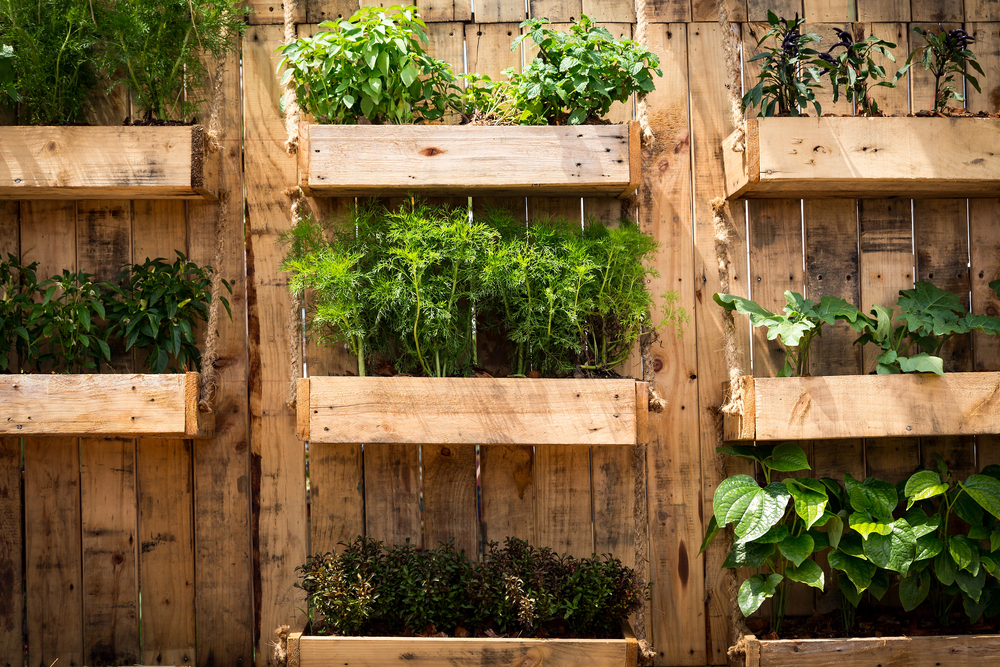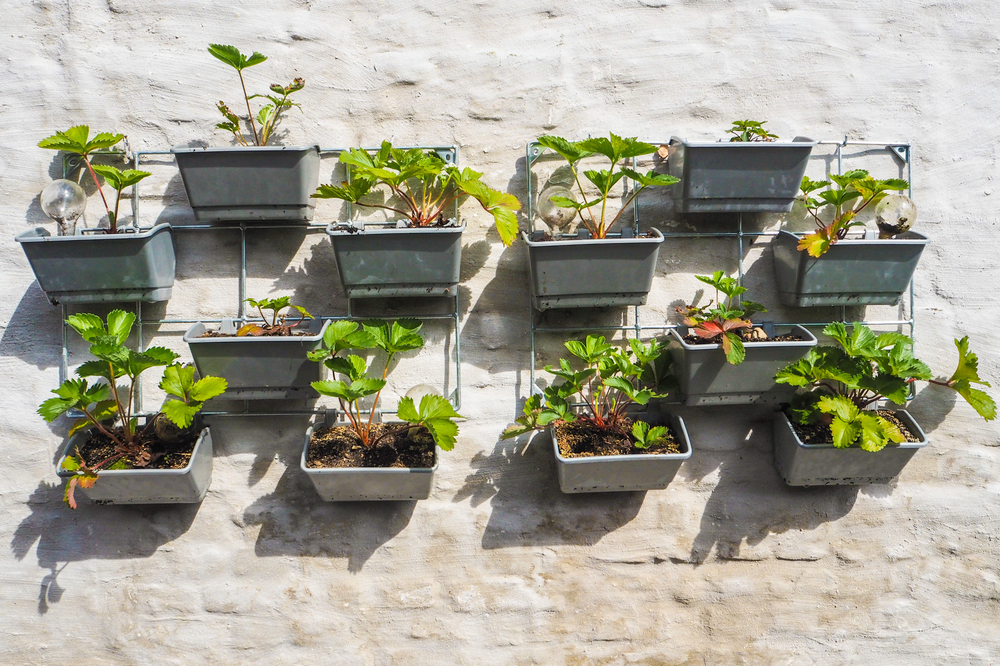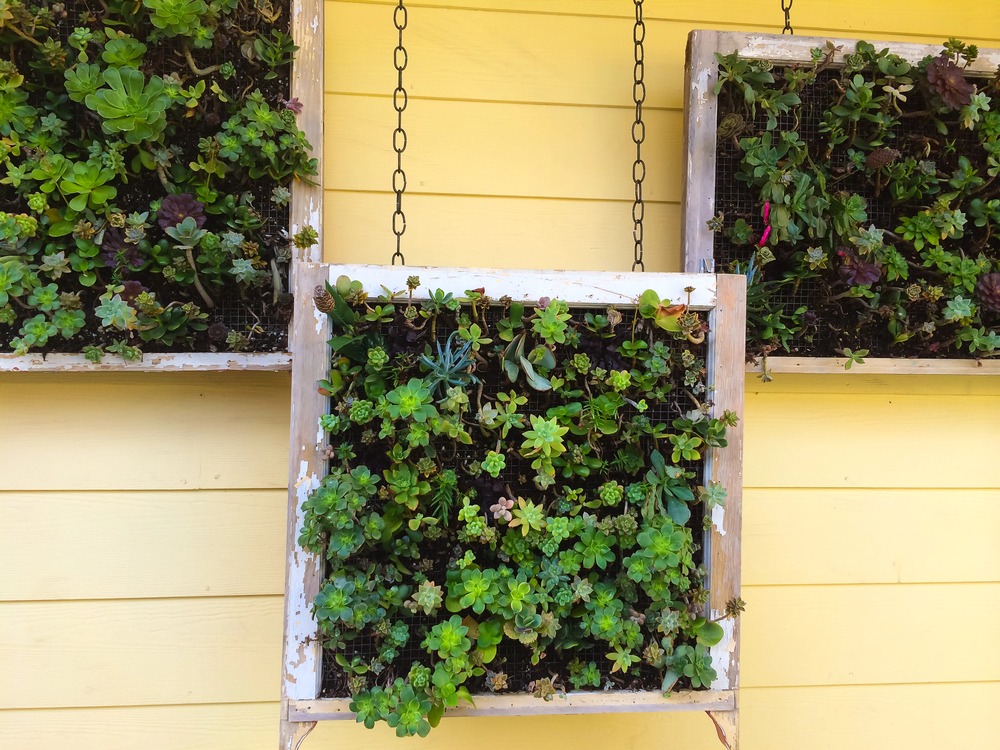Vertical gardening has become the go-to solution for patio owners who crave lush greenery but have limited ground space. By training plants to grow up rather than out, you can turn a plain wall, fence, or patio post into a living artwork that cools the area, scents the air, and even provides a regular harvest of herbs and veg.
Below, we’ll guide you through the fundamentals, creative construction methods, plant choices that thrive in Western Australia’s climate, and expert tips to keep your new vertical garden wall flourishing all year round.
What Is a Vertical Garden?
A vertical garden is any arrangement that allows plants to grow on a vertical plane instead of in traditional horizontal beds. It might be as simple as a wire trellis draped with jasmine or as sophisticated as a modular living-wall system with automated irrigation. The key components are:
-
Support structure: something sturdy enough to hold plant weight once foliage is mature and soil is moist.
-
Growing medium: potting mix, coconut fibre, or felt pockets that replace regular ground soil.
-
Irrigation and drainage: gravity works against you, so consistent watering and quick drainage are vital.
-
Plant selection: species that suit small root zones and, in Perth’s climate, can handle heat, wind, and occasional drought.
Advantages of Vertical Gardening
There are many benefits to vertical gardening, especially in urban backyards, courtyards, and patios with limited room:
-
Space saving: perfect for compact patios and narrow side passages.
-
Patio micro-climate: foliage shades masonry, reducing radiant heat on hot afternoons.
-
Privacy and screening: climbing plants soften fences and mask neighbouring patios.
-
Improved air quality: studies show leafy surfaces filter airborne dust and pollutants.
-
Produce at arm’s reach: herbs, chillies, and lettuces are easy to harvest when they grow up the wall.
-
Aesthetic impact: an eye-level waterfall of foliage turns an ordinary patio into a tranquil retreat.
Vertical gardens also encourage biodiversity by attracting bees, butterflies, and small birds to urban areas.
How to Create a Vertical Garden
Not sure how to create a vertical garden? Here are eight popular methods, suitable for DIY enthusiasts.
1. Wire
A basic wire trellis fixed a few centimetres off a brick wall allows climbing favourites, star jasmine, native hardenbergia, or passionfruit, to weave through. Stainless-steel wire kits resist coastal corrosion and disappear visually once cloaked in green.
2. Mesh
Galvanised reinforcing mesh from the hardware store can be secured to fence posts to form an instant vertical herb rack. Use S-hooks or cable ties to hang small pots through the grid openings. It’s a great DIY vertical garden option for herbs and flowers.

3. Timber Boxes
Build shallow timber planter boxes (recycled pallet timber is ideal) and bolt them in staggered rows. Line with plastic sheeting punctured for drainage, then fill with premium potting mix. Paint or stain the timber to match your patio beams or furniture for a cohesive look.

4. Hooks with Garden Boxes
Heavy-duty wall hooks paired with metal window boxes give you flexible spacing and easy removal for re-potting. Look for troughs with built-in water reservoirs if you plan to travel frequently.
5. Terracotta Pots
Classic terracotta adds earthy warmth. Thread pots onto a length of galvanised rod or curtain pole mounted between patio posts. Tilt each pot slightly upwards to prevent soil spillage and to direct run-off onto the next pot.

6. Succulent Frames
Create a picture frame packed with soil and wire mesh, then tuck in cuttings of sedum, echeveria, and string-of-pearls. Succulents root rapidly and need minimal watering, making them a low-maintenance showpiece. They thrive with minimal care and create a striking vertical garden wall.
7. Open Shelves
Install narrow, ventilated shelves against a wall, leaving enough head height for mature foliage. Arrange clusters of matching pots for a neat, structured look, or mix sizes for a relaxed cottage vibe.
8. Ladder Vertical Garden
Repurpose an old timber or aluminium ladder as a tiered pot stand. Lean it securely against a stable surface and load each rung with trailing mint, strawberries, or colourful annuals.
What Plants to Use
Choosing the right plants is essential for a thriving vertical garden, especially in Western Australia's hot, dry conditions. Opt for varieties with compact growth, shallow roots, and good tolerance to sun and wind.
For edible gardens, trailing cherry tomatoes, strawberries, and chillies all do well in vertical planters. Mediterranean herbs like thyme, oregano, and rosemary are also ideal, they thrive in full sun, need little water, and provide fresh flavour right at your fingertips.
If you're aiming for visual impact, consider hardy natives like kangaroo paw or climbing hardenbergia. These add colour, texture, and attract pollinators. Ornamental grasses like fountain grass bring movement and contrast, while thriving in sunny conditions.
Succulents are a great low-maintenance option. String-of-pearls, burro’s tail, and sedums such as ‘Gold Mound’ work beautifully in frames or hanging arrangements, requiring little water and offering cascading greenery.
For indoor or shaded patio areas, choose plants like pothos, philodendron, or Boston fern. These tolerate lower light and add lush, tropical appeal to vertical arrangements inside or under cover.
The key is to mix texture, form, and function, selecting plants suited to the position and conditions of your vertical garden.
Indoor Vertical Gardening
Want to bring the greenery inside your alfresco or sunroom? Keep these points in mind:
-
Light levels: even shade-tolerant plants need indirect brightness. North-facing walls work best in southern Australia.
-
Waterproof backing: prevent moisture damage to plasterboard by using marine ply or PVC sheeting behind your frame.
-
Automatic drip irrigation: small emitters linked to a timer reduce the risk of water staining floors.
-
Air circulation: indoor gardens benefit from a ceiling fan or open louvre windows to avoid fungal issues.
-
Plant rotation: swap tired indoor plants with patio backups every few months for year-round freshness.
Tips for Vertical Gardening Success
-
Start small: a single section one metre wide lets you test sunlight patterns before committing to a full wall.
-
Use lightweight potting mix: blends with coconut fibre, perlite, and slow-release fertiliser reduce structural load.
-
Secure irrigation: drip lines, micro-sprays, or hand-watering with a long-reach wand. Check daily during Perth’s summer heatwaves.
-
Feed little and often: foliar feeds or liquid fertiliser at half strength every fortnight keep nutrients flowing downward.
-
Prune regularly: trim runaway vines to maintain airflow and light penetration
-
Monitor for pests: elevated planters can harbour aphids and mealybugs; hose them off early.
-
Check fixings annually: wall plugs and brackets may loosen as plants gain weight.
-
Winter care: reduce watering, and protect tender species from cold winds with clear plastic sheeting.
Bringing It All Together with Great Aussie Patios
A thoughtfully designed patio roof gives your vertical garden the perfect micro-climate, protection from scorching midday sun, filtered light for ferns, and a framework for climbing plants.
At Great Aussie Patios, we custom-build patios that integrate seamlessly with living walls, from insulated patios that keep roots cooler to gable roofs that channel rainwater straight into your drip system.
Ready to turn that blank fence into a flourishing green feature? Get in touch with the Great Aussie Patios team today for a free, no-obligation quote and personalised design advice.